The Fire King lineage spanned 14 generations, from the late 15th century to the early 22nd century. For more than 500 years, villagers in Plei Oi (Ayun Ha commune, Phu Thien district, Gia Lai province) have passed down the tale of the Fire King and his divine sword as a spiritual anchor, credited with helping them overcome drought and develop agriculture.
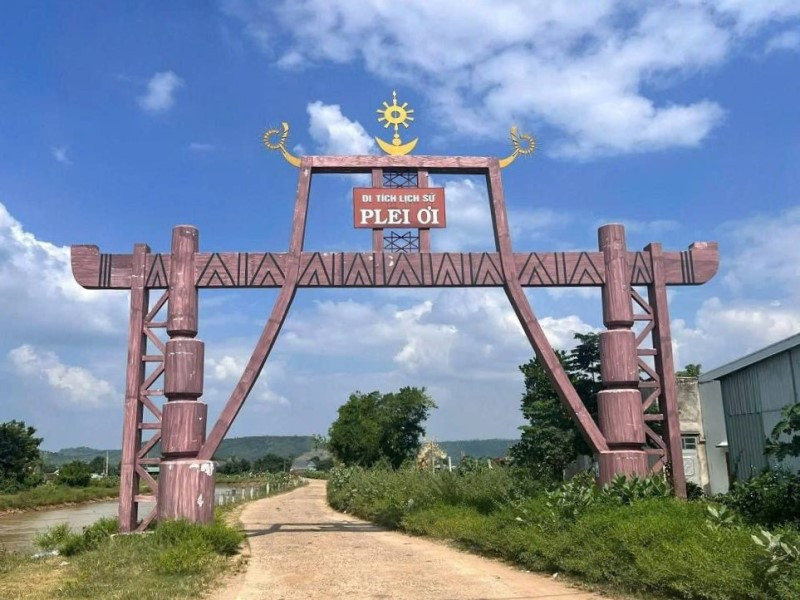
According to historical records, in 1471, after the conquest of Champa, King Le Thanh Tong mentioned Nam Ban, the Fire King, and the Water King. During the Nguyen dynasty, documents also referenced the highland territories governed by the Hỏa Xá (Pơtao Apui - Fire Kings) and Thủy Xá (Pơtao Ia - Water Kings).
The legend became more widely known during French colonial and American imperial times. In 1904, following the death of a military officer at the hands of Oi At and his loyal Jrai followers, the Fire Kings were both feared and targeted by colonial powers seeking to exploit them.
Among the 14 Fire Kings, Siu Nhong, the sixth ruler, is most often remembered for his ability to call the rain and wind. He was also credited with helping to establish the Hỏa Xá kingdom’s territory.
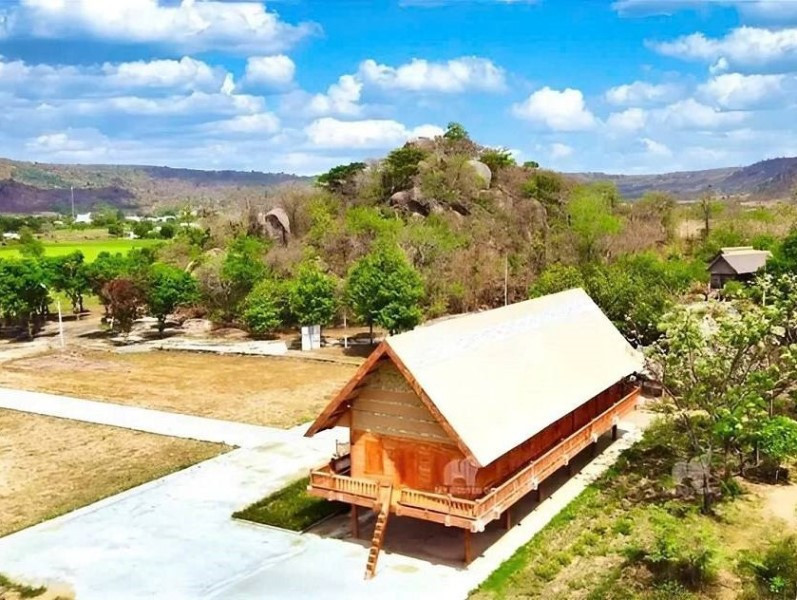
According to legend, although Siu Nhong was chosen to be king, he initially refused. The villagers pleaded with him for seven days and nights, warning that refusal to accept the sword could lead to catastrophe. At last, Siu Nhong relented and struck the sword seven times into a waterhole. After seven days and nights, dark clouds gathered and rain poured from the skies. From that moment, he was officially recognized as Pơtao Apui, the rainmaker and life-bringer to his people.
Siu At, the 11th Fire King during the early 20th century, also became a renowned figure. With unyielding determination, he allied with powerful local chiefs to resist French colonial rule and protect his people from their brutality.
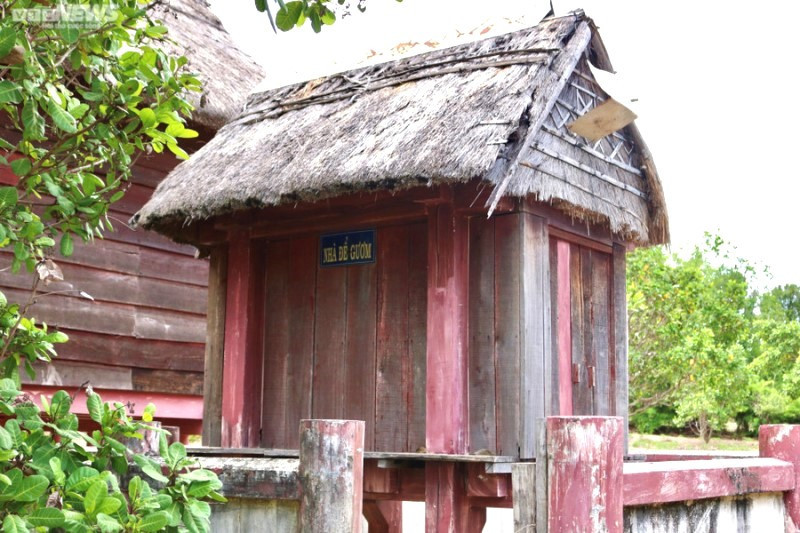
The final ruler, Siu Luynh, passed away in 1999 after a life of hardship. His most treasured possessions included a wooden mortar, a gong, a drum, and a large wooden chest containing ceremonial artifacts handed down through generations.
Only those with the surname Siu could inherit the title, but Siu Luynh’s children bore their mother’s surname due to the matrilineal tradition, leaving the position currently unfilled.
Regarding the mystical sword, Nguyen Ngoc Ngo, Vice Chairman of the Phu Thien District People’s Committee, explained that legend has it the sword was forged by two Jrai brothers, Tdia and Tdieng, at the base of Ham Rong volcano.
Once crafted, the blade remained red-hot and refused to cool - draining water from jars, streams, and even rivers. Only after being quenched in the blood of a slave did it cool, giving the sword its sacred and untouchable power.
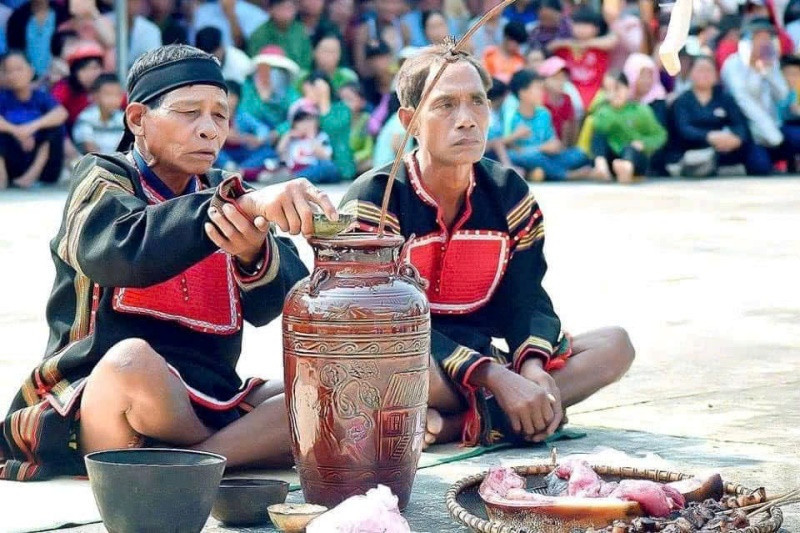
The sword’s divine power demanded a worthy bearer - someone able to communicate with the gods and represent the villagers' wishes. Thus, the bearer of the sword was crowned king, tasked with invoking rain to ensure prosperous harvests and shield the community from natural disasters.
According to Vice Chairman Ngo, Plei Oi village - residence of the last Pơtao - is the most intact site preserving the legacy of the Hỏa Xá kingdom, a primitive form of state organization characterized by early concepts of territory and tribal alliance. However, historical upheavals eventually led to the kingdom’s decline.
After the district was divided in 2007, Phu Thien authorities revived the rain-praying tradition of Yang Pơtao Apui and invested in restoring the heritage site and access roads. Since 2018, the rain-praying ritual has been held annually on April 30 and May 1, drawing thousands of participants.
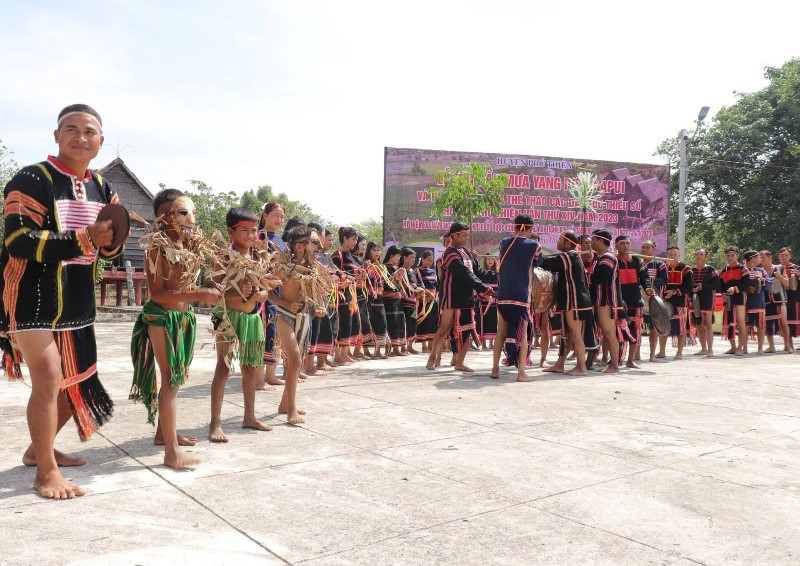
Vice Chairman Ngo added that the rain-praying festival has been recognized as a national intangible cultural heritage by the Ministry of Culture, Sports and Tourism. The provincial department has also submitted a request to elevate the Plei Oi site to national special heritage status.
Tran Hoan